In this article we will talk about one of the most trending and important technologies, which is playing a pivotal in our daily lives, that is Cloud Computing. Most of the people don’t know but many applications or tech services that we are using to make our lives and businesses easier are actually using cloud computing behind the scenes.
Do you know nearly one-half of the US government agencies are using cloud and the global public cloud computing market is set to exceed $330 billion by 2020 ?. Isn’t a good strong reason to learn cloud computing and leverage its power into our lives to earn a good career ?
The purpose to write this article is to share my insights and knowledge to the folks who are new to the term cloud computing. In this article my focus is to cover the basics of cloud computing.
What is Cloud?

The term “Cloud” refers to machines or servers that can be access via internet and the workloads running on those servers. Those servers are located and running inside the data center all over the globe.
What is Cloud Computing?
Cloud computing refer as on-demand delivery of IT resources over the internet with pay-as-you-go pricing. Instead of buying and maintaining the resources at your on-premise data centers you can as access all those resources or services without any additional cost and overhead.
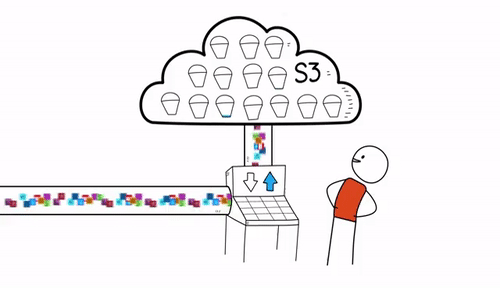

Benefits of Cloud Computing
Agility
Cloud Computing offers you a wide variety of services and resources so that you can create and run nearly anything you want. You can spin up any resources without any latency or with some latency (if there is some outage).
Elasticity
With cloud computing you don’t have to worry about over provisioning of resources. You can easily provision a threshold limit also you can scale whenever you want without any big overhead.
Cost Savings
With cloud computing you have to pay only for what you are using, no hidden and additional costs. Just pay-as-you-go, let me explain this with an example.
Suppose you have an application running with 1000 requests per day and after few days your application starts receiving about 10,000 requests per day but only at peak hours and during rest hours the traffic is low but still your servers are running and consuming power and other resources which were actually not required. And that’s how you end up with paying extra amount of money when there is no need to that much resources. By switching to cloud computing you save these costs. Cloud provider only charge for what you are actually using, if there is no traffic it can scale down and hence let you to save cost.
You will be amazed to know that there some services which may even scale to zero.
Security
The security at the data centers is managed by the cloud providers, only few people are authorized to get entry inside the data centers. Along side of physical security, the providers offers few software to protect you from cyber attacks as well. So just relax your cloud provider is ensuring security.
Types of Cloud Computing


Infrastructure as a Service (IaaS)
Iaas is the basic building block of cloud computing. It provides access to networking features, computers (virtual machines and other hardware),data storage devices. IaaS gives you the highest order of flexibility & management control over the resources just like an IT department of companies.
Platform as a Service (PaaS)
PaaS removes the need for you to manage underlying infrastructure (hardware and operating systems) and allows you to focus on development & deployment of your workloads. This will take care of resource procurement, planning, maintenance and patching.
Software as a Service (Saas)
SaaS provides you a complete product that is run & managed by the cloud provider. SaaS can be referred to end user application (web based email applications). With a Saas,you don’t have to worry about how the services and the underlying infrastructure. You only need to think about how you will use that particular application.
Cloud Computing Deployment Models
Public Cloud


Cloud resources that are owned and operated by a third party cloud service provider are termed as public cloud. For example – Google Cloud Platform.
Private Cloud


Cloud resources that are exclusively owned and used by a single business or organization and keep abstracted from rest of the world are termed as private cloud .Sometimes you can think of private cloud as an on-premise setup.For example – VMware.
Hybrid Cloud


It is basically a combination of public and private clouds which is bounded together by technology that allows data applications to be shared between them. Hybrid cloud provides flexibility and more deployment options to the business. For example – Fujitsu.
Cloud In Daily life
Following are some of the applications that we use daily which are actually using cloud computing behind the scenes :
Netflix


Netflix is leveraging the power of cloud computing. Netflix uses AWS for nearly all its computing and storage needs including databases, analytics, containers, auto-scaling.
Spotify
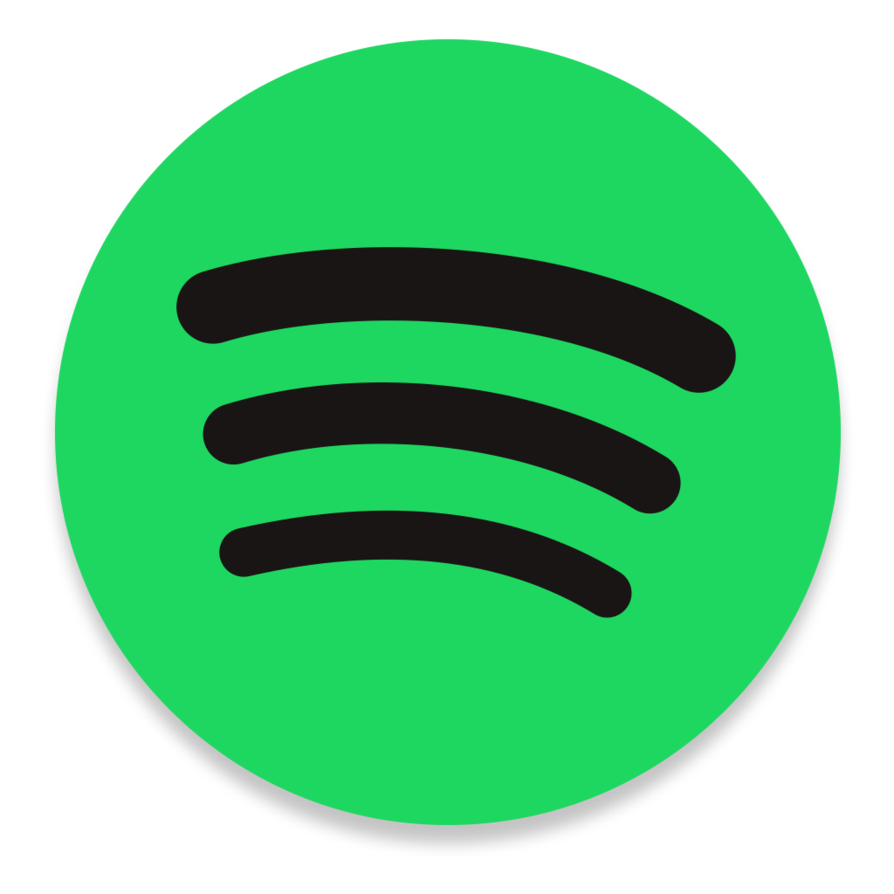

Spotify is leveraging the power of Google Cloud Platform. Spotify uses Cloud Dataflow, Cloud Composer, Cloud DataProc, Cloud Storage and many other Google cloud services.
Google Drive
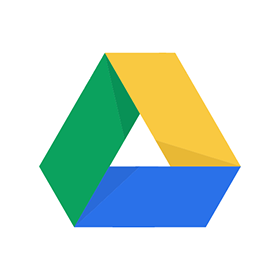

Google Drive is using Google Cloud’s cloud storage service.
PayPal


PayPal is leveraging the power of Google Cloud Platform.
Major Cloud Providers
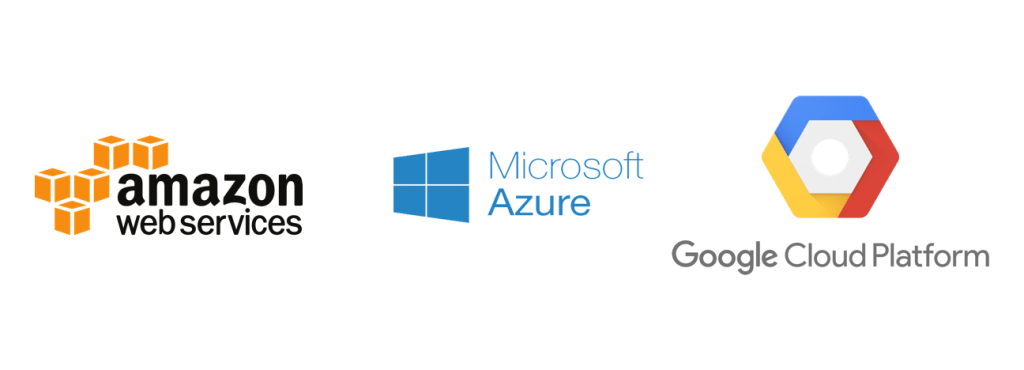

Following are some major cloud providers that you may heard of :
- Google Cloud Platform (GCP).
- Amazon Web Services (AWS).
- Microsoft Azure.
- Salesforce.
- Oracle.
- IBM.
Conclusion
So this is the end of the article covered basic concepts and terms of cloud computing which may help you to get started with cloud computing. Questions and feedback related to this article are most welcome. Please share this article with your friends too.
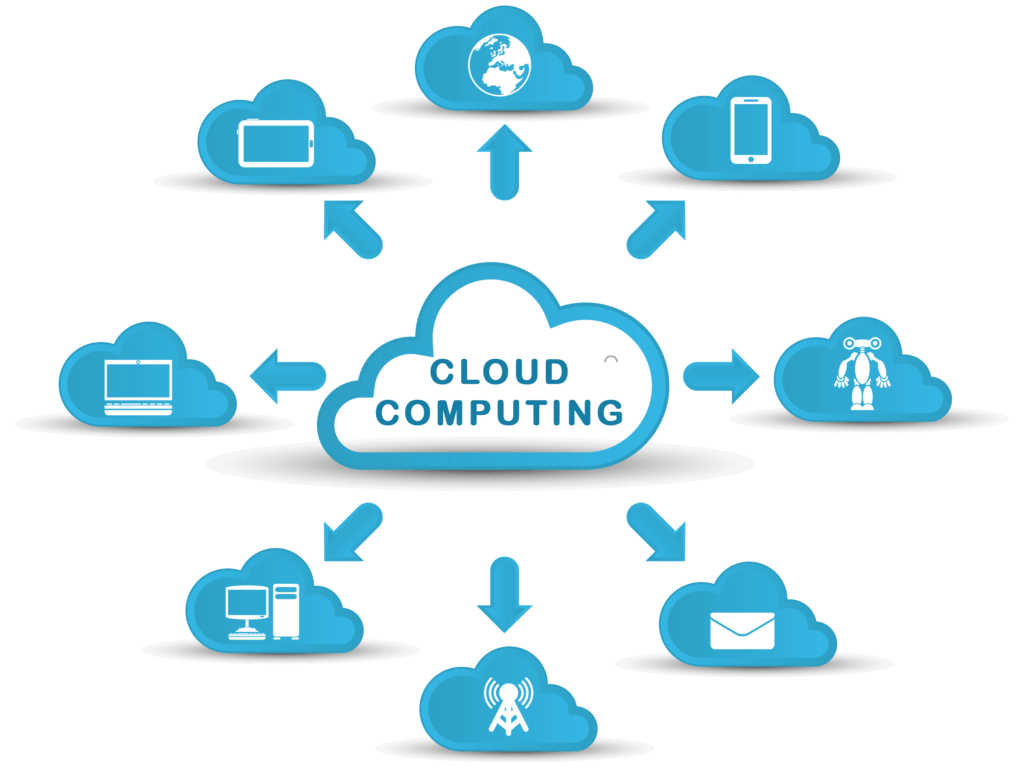
![How To Install Vudu On Firestick Or Amazon Fire TV Stick [6 Easy Steps]](https://pacificsresourcellc.com/wp-content/uploads/2024/08/Install-Vudu-on-Firestick-150x150.png)
![?10 Best Highly Compressed PC Games Under 500Mb [FREE]](https://pacificsresourcellc.com/wp-content/uploads/2024/08/Best-PC-Games-Under-500MB-1-150x150.jpg)